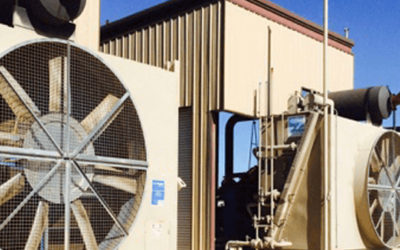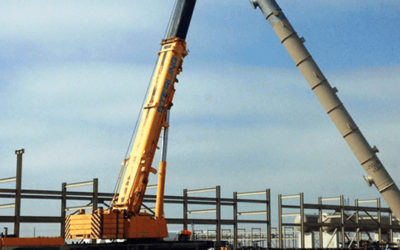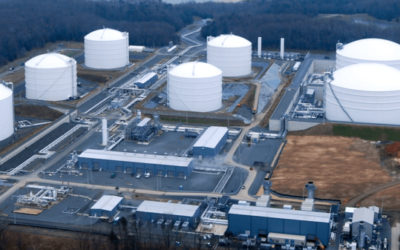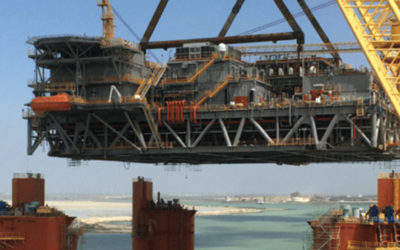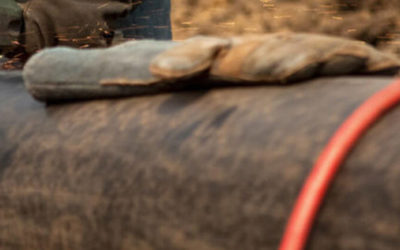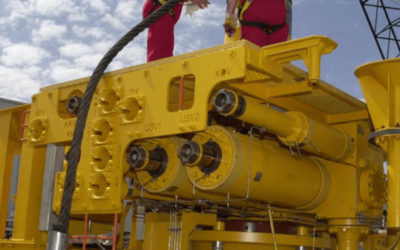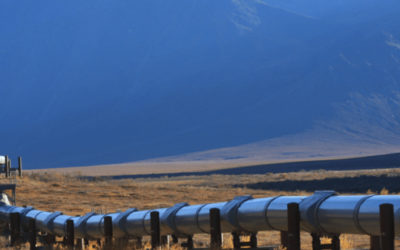PROMOTING INSIGHT AND SMART DISCUSSION
Blog
Components of a Compressor Station
Compressor stations are a vital part of any gas transmission system, keeping gas at a particular pressure so it can continue to flow to its destination. According to numbers from the U.S. Department of Transportation Pipeline and Hazardous Materials Safety...
Pigging Reduces Pipeline Incidents, Improves Longevity
We previously talked about automated pigging systems and their advantages over manual systems, but we didn't discuss why pigging is such an important part of a pipeline system. As previously mentioned, regulations were put in place in 1994 to require oil and gas...
Small-scale and Micro LNG Provide New Opportunities
Development for traditional LNG production and distribution is increasingly cost-prohibitive, with only so many purpose-built ports capable of taking on high-capacity LNG carriers. But with modest growth in LNG demand expected through 2025 and technological advances...
Owner’s Engineering Services
A project owner, even with a capable management team, may not have the appropriate knowledge or resources to ensure effective project implementation and risk management. The project may require one or more engineers with a very specific skillset, and that expertise...
Deepwater Waterflood Design for Topsides
In the world of oil production, waterflooding involves the injection of water into oil reservoirs as a method to improve the secondary recovery of remaining oil. By adding water to fill the void created from primary production, initial reservoir pressures are nearly...
SEMS Planning and Its Effectiveness Today
The Safety and Environmental Management Systems (SEMS and SEMS II) rules are codified into U.S. law as 30 CFR Part 250, Subpart S and affect those conducting offshore oil, gas, and sulphur operations. With all SEMS audits needing to comply with updated rules (that...
What Are Your Commissioning and Start-up Strategies?
Sure, operating an oil or gas facility efficiently and safely is vital. But to ensure that operations are smooth and maintenance lean, there's more to consider, namely the commissioning process beforehand. Commissioning takes into consideration all the independent and...
Process Hazard Analysis: What It Is and Why You Need It
In the early 1990s, both the U.S. Occupational Safety and Health Administration (OSHA) and the Environmental Protection Agency (EPA) worked on regulations that affected process management and safety when dealing with hazardous chemicals. With development largely...

